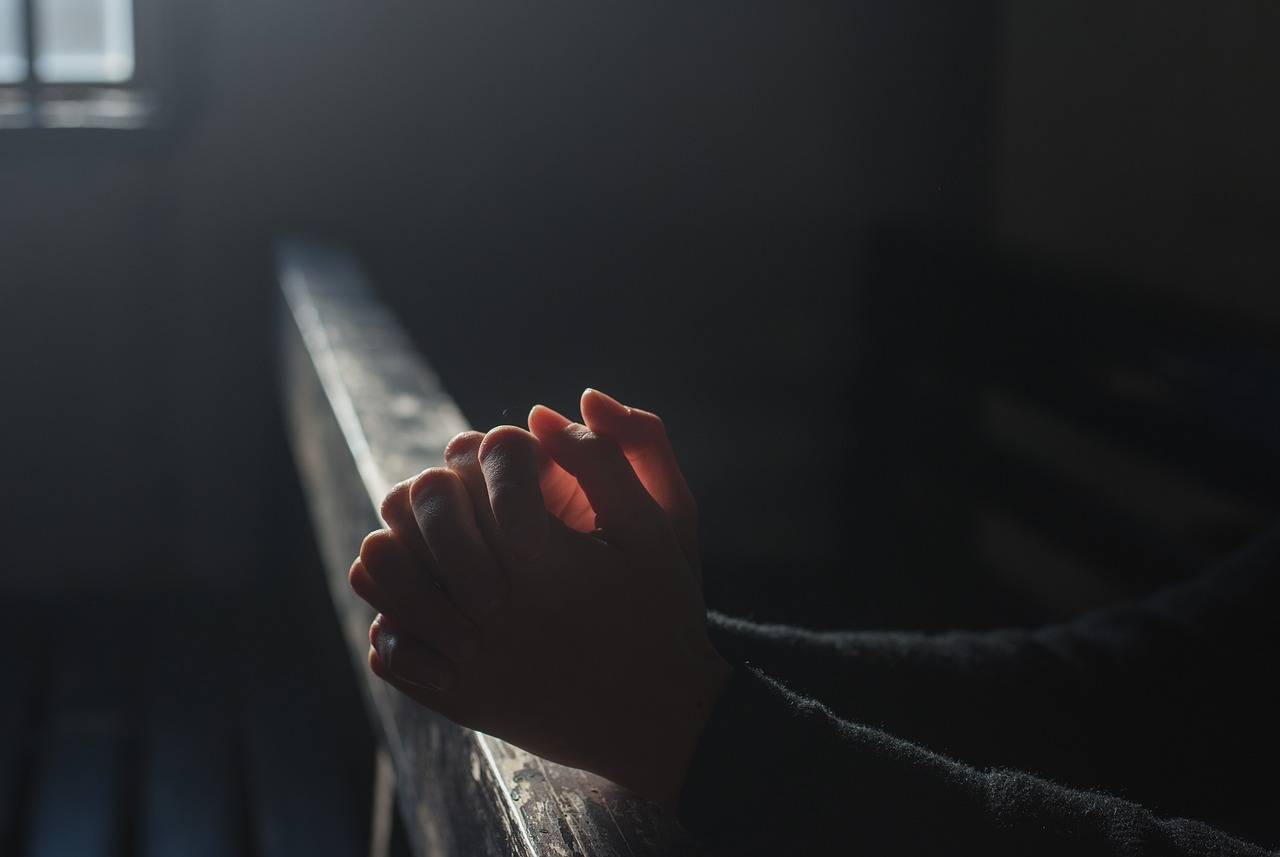Every year, the Vatican releases an array of statements on behalf of the pope. Some of them pertain to church governance, a few are doctrinal clarifications, and still others relate to areas of ecclesial discipline.
Included in this storm of documents are public messages pertaining to annual observances, such as the World Day of Vocations, World Day of the Sick, World Day of Communications, the World Day of Peace, and a few others.
Honestly, my past approach to these annual statements has been distracted at best and dismissive at worst. There are always greater or more pressing things to read and research about and most of these documents struck me as pontifical blah-blah-blah, meaning they oftentimes just regurgitated previous papal statements or cultural observations, etc.
This was my casual approach until a few years ago. It happened that I was in Igbo Land of Nigeria for the New Year. There had been serious acts of violence, and one of the local archbishops was in a feud with the area governor who was abusing his power. At the New Year’s Day Mass in his Cathedral Church, this particular archbishop used the pope’s World Day of Peace Message for that year, and preached a powerful homily on the role of authority and the importance of the common good.
The papal message, somewhat ignored by me, gave the prelate’s homily an objective and universal voice while the homily concurrently gave an unexpected and highly relevant life to the papal message. The Peace Message was well placed and well used for a greater good.
And, I was humbled.
In looking over the message beforehand (since it’s usually released a few months ahead of time), I didn’t see anything worth writing home about. But then again I live in a country with relative law and order and the message wasn’t as needed here as it was in other parts of the world. And that’s the rub, and the source of a little downsizing of ego.
We live in a universal Church, and sometimes things aren’t always about us. Sometimes we have to pay attention and let the Church’s announcements and messages speak for themselves. We’re called to realize that simply because certain documents may not have the power punch in my heart or in my country, the message might actually be the exact punch that’s needed elsewhere.
And so, isn’t it wonderful to belong to such a worldwide family and to grasp how extensive the Church’s influence is for goodness and peace throughout the world’s multiple cultures, peoples, and nations?
This understanding could compel us to go beyond initial readings of documents and ask: Where is this most needed in our world today? Who is suffering and in need of this encouragement or inspiration? What good could this message effect and where?
We can also allow the Church’s annual messages to push us outside of our comfort zones and ask pressing questions of ourselves and of our own society: Is the law and order of my country equally applied to all? Is there a periphery right at my fingertips that I haven’t acknowledged?
And so, in these ways, the Church’s documents merit a re-reading and a respect among those who preach, teach, summarize, or report on them. Their possible application is immense and much needed.
With this in mind, let’s look at the World Day of Peace Message for this year. The message is given for January 1 and it can cover any number of topics. Past messages have addressed wars, violence, poverty, and an array of other social ills. The application of some of these messages may have required some of the hard work described above.
This year’s message from Pope Francis, however, doesn’t require too much work. It’s a clear teaching on immigration. Rather than focusing on the sufferings of the economic third world, the pope speaks to the more prosperous nations of our world. He calls for greater compassion and inclusion.
Pope Francis gives “four mileposts for action” and provides easy buzz words to the world community: welcoming, protecting, promoting and integrating. So as to avoid any confusion or ambiguity, the pontiff defines and explains each word. He wants national leaders and the people of the world to comprehend the true sorrows of others and to heed the call to generously welcome and readily protect immigrants. The pope calls for a promotion of immigration and a wider integration of other peoples into the societies and communities of our world.
So while this year’s message is a simple one, the broader question remains: What will we do with it? Will we peruse it and set it aside, or will we pick it up and see how it can help us to make our world a more peaceful place to live? This is the World Day of Peace Message given to us. It’s a message for a New Year. It could be a message for a better world.
















